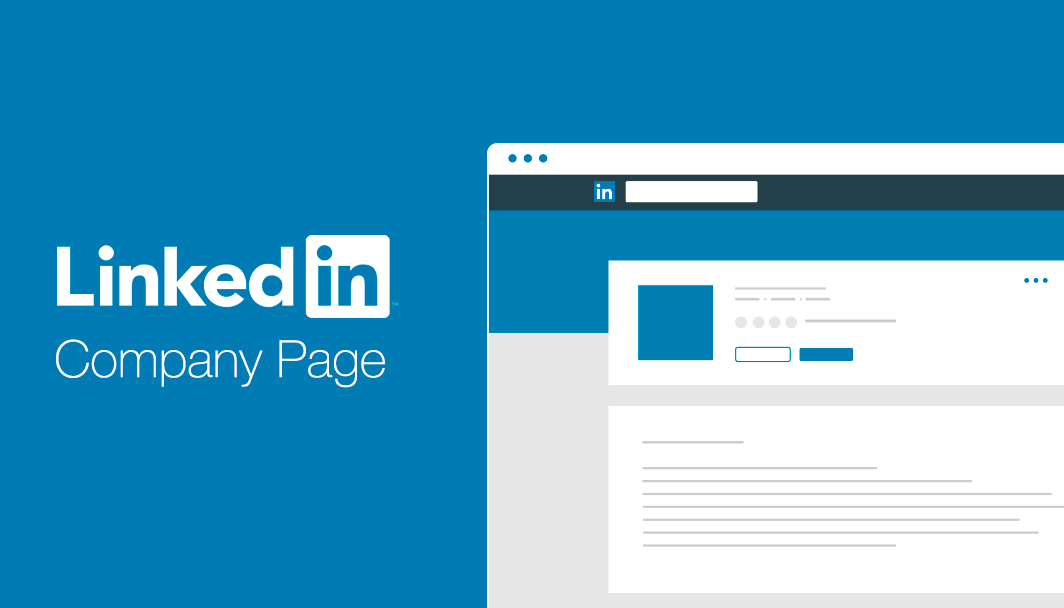Your LinkedIn company page may have a polished look and consistent posts, but if you’re not using analytics, you’re scratching the surface. The truth is, that making decisions based on data is what sets successful businesses apart from the rest. This data-driven decision-making is not limited to only your day-to-day operations but also your social media pages.
Read more about Social Media
You need to understand that your LinkedIn company page is more than just an online presence, it’s a powerful tool to drive business growth, build brand authority, and attract top talent. But if you’re not using LinkedIn analytics to track performance, you’re missing out on valuable insights that can help you refine your strategy and turn your company page from dead weight into a business asset. In this post, we’ll explore a few LinkedIn analytics hacks that can help you make the most of your company page.
1. Track Engagement Metrics Regularly
Engagement is one of the most critical metrics for understanding how well your content is performing. It’s not just about likes and comments; you need to keep an eye on the number of shares, clicks, and overall interaction rates. LinkedIn provides detailed analytics on these metrics, allowing you to see how many people engage with each post. By monitoring these metrics, you can identify the types of content that resonate most with your audience.
For instance, if your posts with infographics get more shares, you’ll know to create more of them. If a video post performs poorly, you may reconsider your approach. Consistently analyzing this data is key to improving content strategy and getting the most out of LinkedIn analytics for business.
2. Leverage Follower Demographics
Do you know who exactly is following your page? Knowing this can significantly improve your targeting. LinkedIn analytics for business offers a clear breakdown of the demographic of your followers by industry, location, job function, and even seniority level. What this data does for you is that it allows you to tailor your content to the people who matter most.
For example, if you notice a high percentage of followers are mid-level managers, you can focus your content on industry trends, productivity tools, or leadership tips. This helps you deliver content that not only engages but also converts. It ensures that your efforts on LinkedIn are aligned with your business objectives, especially if you’re targeting specific industries in Nigeria.
Sign up for the Connect Nigeria daily newsletter
3. Analyze the Performance of Your Updates
Not all content performs equally, and LinkedIn provides insights on which posts are doing well and which ones are not. The platform shows data on individual post performance—views, clicks, engagement rates, and more. With LinkedIn analytics for business, you can easily identify which types of posts perform best on your page. This allows you to adjust your content strategy to align with what works.
For instance, if you notice that your articles on business development receive more views and clicks compared to your posts on company culture, you can optimize future posts around that topic. It’s all about doubling down on what works.
4. Monitor Competitor Pages
Yes, LinkedIn allows you to track how your competitors’ company pages are performing too. By benchmarking against competitors, you can see where you stand in terms of followers, post engagement, and overall growth. LinkedIn analytics for business makes it easy to track competitors so you can identify areas where you need to improve and opportunities where you can get ahead.
For example, if a competitor’s post is getting high engagement, study it. What did they do differently? How can you incorporate that into your strategy? This kind of insight gives you the competitive edge you need to thrive in Nigeria’s fast-paced business environment.
Register to attend the CN Business Mixer
Concluding Thoughts
Your LinkedIn company page can be a powerful tool for growing your business, but only if you’re using LinkedIn analytics to its full potential. By using the features highlighted in this post, you can turn your company page from a dead weight into a high-performing asset.
Got a suggestion? Contact us: [email protected]


